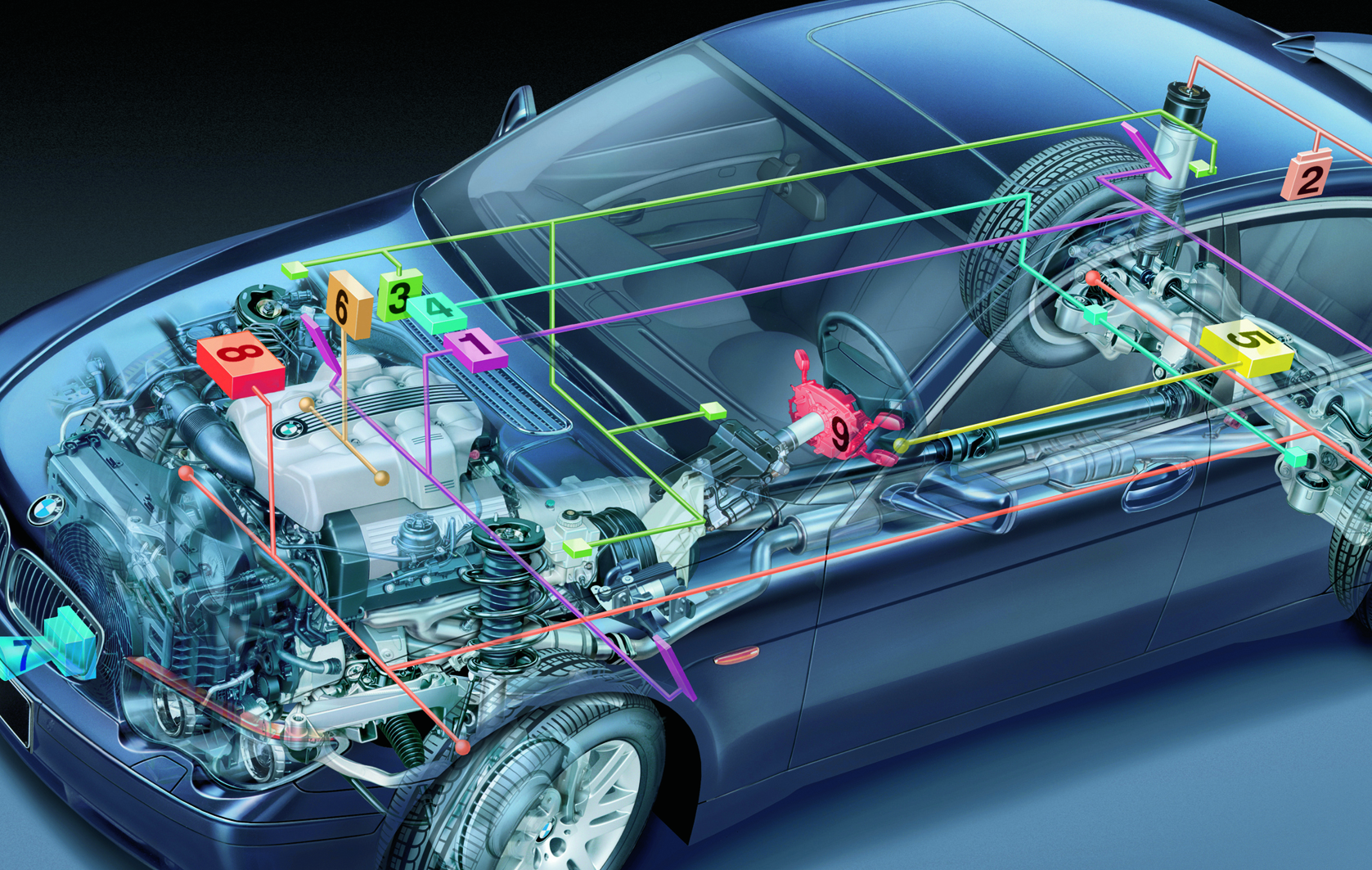What is an underbite and how is it diagnosed?


Introduction
An underbite is known as an oral condition where your lower front teeth protrude outwards farther than your upper front teeth. Most of the time, underbites are hereditary but sometimes they can be caused by injuries, it can be caused by childhood habits and feeding on the bottle for more than it is needed. Underbites are known to be skeletal or dental. Having perfect dental health is very important for everyone’s oral health. Today, there are several people both adults and children who are suffering from dental issues. One of the conditions to expect is suffering from an underbite. Underbite simply presents a condition that affects the lower gum and jaw plus lower teeth as well. The condition is not a matter of life and death but it can have a big impact on a person’s life. Underbite correction should beimmediate or else, they will cause escalated dental complications. Underbites can affect overall teeth development, especially for children. Speech development can also be affected by underbites.
What is an underbite to be precise?
An underbite has its counterpart known as an overbite. Underbites simply affect the lower gums, teeth, and jaws. Underbites are not very common as compared to overbites. An underbite is also known as class ii malocclusion. It can also be called prognathism. This is simply a condition that represents the protrusion of the lower teeth over the upper jaw and teeth. Because of the positioning of the lower teeth, the lower teeth will be in a painful position and an uncomfortable position. Although underbites are not very common, if one is suffering from it, it is very easy to notice. Those who suffer from underbites always alienate themselves from society. For children, they can face rejection and bullying from others. That can interfere with a child’s growth and self-esteem. For adults, their professional lives can also be affected.
How underbites can be diagnosed
You should never conclude that what you have is an underbite without a dentist’s diagnosis. It is better that you visit a professional dentist to determine the type of malocclusion that you are suffering from. Through a detailed dental examination, the doctor can easily determine your underbite condition and how severe the condition is. When you are being examined, your doctor might realize or recognize the initial symptoms of the underbite condition. After that, you will need to meet an orthodontist. Under normal circumstances, certain types of x-rays will be performed on you. This is very important for the sake of determining the type of underbite that you have as well as the severity of the condition. So far, there are three major types of underbites. The first one is the slight overlap and the normal bites in one jaw. The second type of underbites is the malocclusion and the third type of an underbite is a malocclusion in an underbite.

